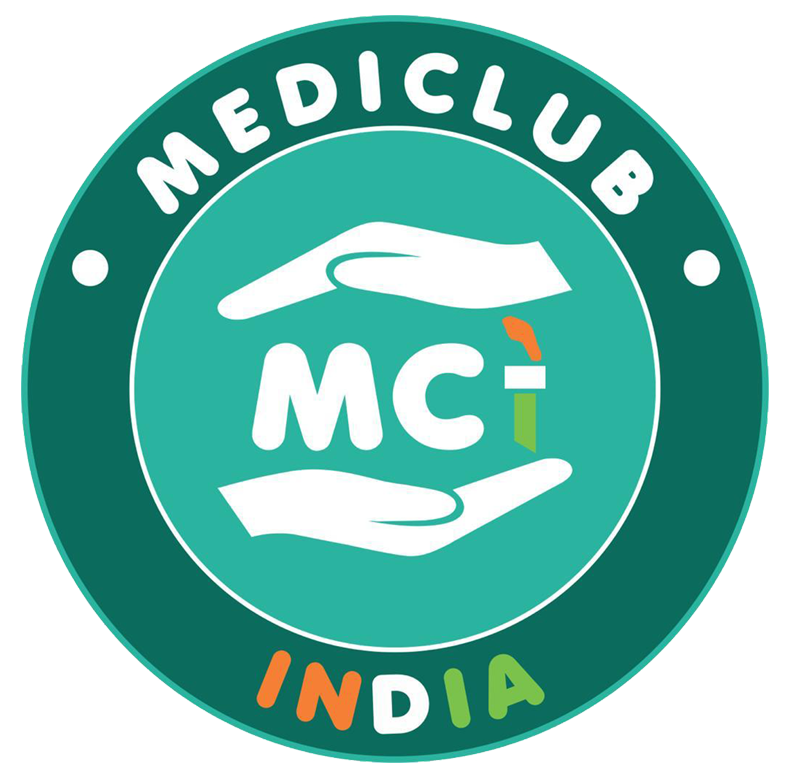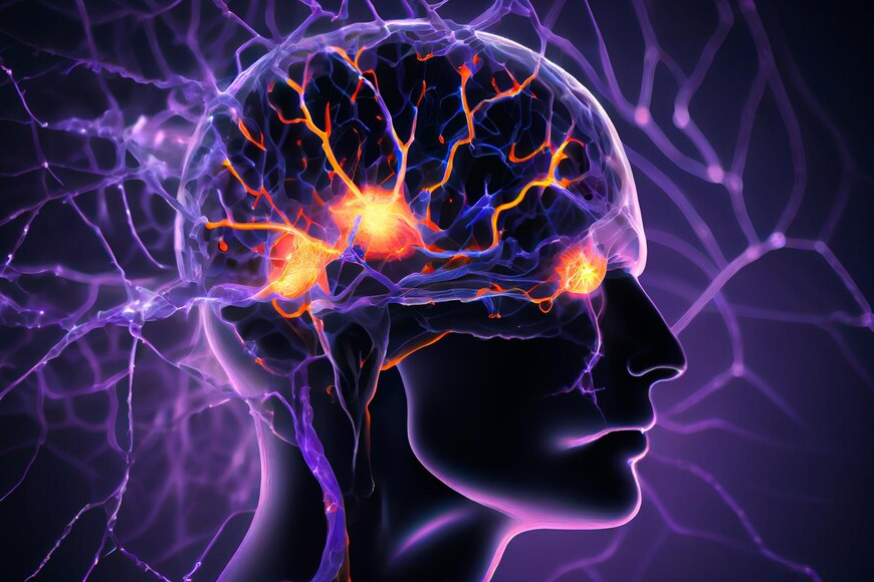Understanding Stroke: Symptoms, Prevention, and Treatment Options
Strokes are a leading cause of disability and death worldwide, making it crucial to understand their symptoms, prevention, and treatment options. Dr. Kunal Bahrani, renowned as the best stroke treatment doctor in Faridabad, has dedicated 15 years to the field of neurology, offering exceptional care and expertise.
What is a Stroke?
A stroke occurs when the blood supply to part of the brain is interrupted or reduced, preventing brain tissue from getting the oxygen and nutrients it needs. Brain cells begin to die within minutes, making it a medical emergency that requires immediate attention. There are two main types of strokes:
- Ischemic Stroke: Caused by a blockage in an artery that supplies blood to the brain. This is the most common type, accounting for about 87% of all strokes.
- Hemorrhagic Stroke: Caused by a blood vessel in the brain bursting, leading to bleeding in or around the brain.
Symptoms of Stroke
Recognizing the signs of a stroke can save lives. The most common symptoms include:
- Sudden Numbness or Weakness: Especially on one side of the body, affecting the face, arm, or leg.
- Confusion or Trouble Speaking: Difficulty in understanding or producing speech.
- Vision Problems: Sudden trouble seeing in one or both eyes.
- Dizziness or Loss of Balance: Sudden dizziness, trouble walking, or loss of coordination.
- Severe Headache: A sudden, intense headache with no known cause.
A simple way to remember the signs is the acronym FAST:
- Face drooping
- Arm weakness
- Speech difficulty
- Time to call emergency services immediately.
Prevention of Stroke
Preventing a stroke involves managing risk factors through lifestyle changes and medical interventions. Key prevention strategies include:
- Control High Blood Pressure: Hypertension is a significant risk factor. Regular monitoring and medication can help manage blood pressure levels.
- Healthy Diet: Consuming a diet rich in fruits, vegetables, whole grains, and lean proteins while reducing salt, sugar, and unhealthy fats.
- Regular Exercise: Engaging in physical activity for at least 30 minutes most days of the week can help maintain a healthy weight and lower blood pressure.
- Quit Smoking: Smoking cessation significantly reduces the risk of stroke.
- Limit Alcohol: Drinking in moderation is crucial as excessive alcohol intake can increase blood pressure.
- Manage Diabetes: Keeping blood sugar levels under control is essential for reducing stroke risk.
- Cholesterol Management: Keeping cholesterol levels in check through diet, exercise, and medications if necessary.
Treatment Options for Stroke
Immediate treatment for stroke is critical to reduce brain damage and improve outcomes. The treatment options vary depending on the type of stroke:
Ischemic Stroke:
- Thrombolytics: Also known as clot-busters, these drugs dissolve blood clots blocking blood flow to the brain. The most common thrombolytic is tissue plasminogen activator (tPA), which must be administered within a few hours of the onset of symptoms.
- Mechanical Thrombectomy: A procedure where doctors use a device to remove the blood clot from the blocked artery. This is typically performed within 24 hours of the onset of symptoms.
- Anticoagulants and Antiplatelets: Medications such as aspirin or clopidogrel help prevent new clots from forming.
Hemorrhagic Stroke:
- Surgery: Procedures to repair blood vessels and stop bleeding, such as clipping or coiling aneurysms.
- Medications: Drugs to reduce brain swelling and control blood pressure.
- Interventional Radiology: Minimally invasive procedures to treat vascular abnormalities.
Rehabilitation and Recovery
Recovery from a stroke often involves a comprehensive rehabilitation program to regain lost skills and improve quality of life. Rehabilitation may include:
- Physical Therapy: To improve movement and strength.
- Occupational Therapy: To help relearn daily activities and improve fine motor skills.
- Speech Therapy: To address difficulties with speaking, understanding, and swallowing.
- Psychological Support: Counseling and support groups to help cope with the emotional impact of stroke.
When to Seek Specialized Care
If you or a loved one experience any symptoms of a stroke, it is crucial to seek immediate medical attention. Time is of the essence in stroke treatment, and prompt care can make a significant difference in recovery outcomes.
Dr. Kunal Bahrani, with his extensive experience and dedication to stroke treatment, provides comprehensive care tailored to each patient’s needs. His expertise in neurology ensures that patients receive the best possible treatment and support throughout their recovery journey.
Conclusion
Understanding the symptoms, prevention, and treatment options for stroke is vital for managing this serious medical condition. By recognizing the signs and acting swiftly, you can improve the chances of a successful recovery. For those in Faridabad, Dr. Kunal Bahrani offers unparalleled expertise and compassionate care in stroke treatment. For consultations, contact Dr. Kunal Bahrani at +91 85278 41220 and take a proactive step towards safeguarding your neurological health.

